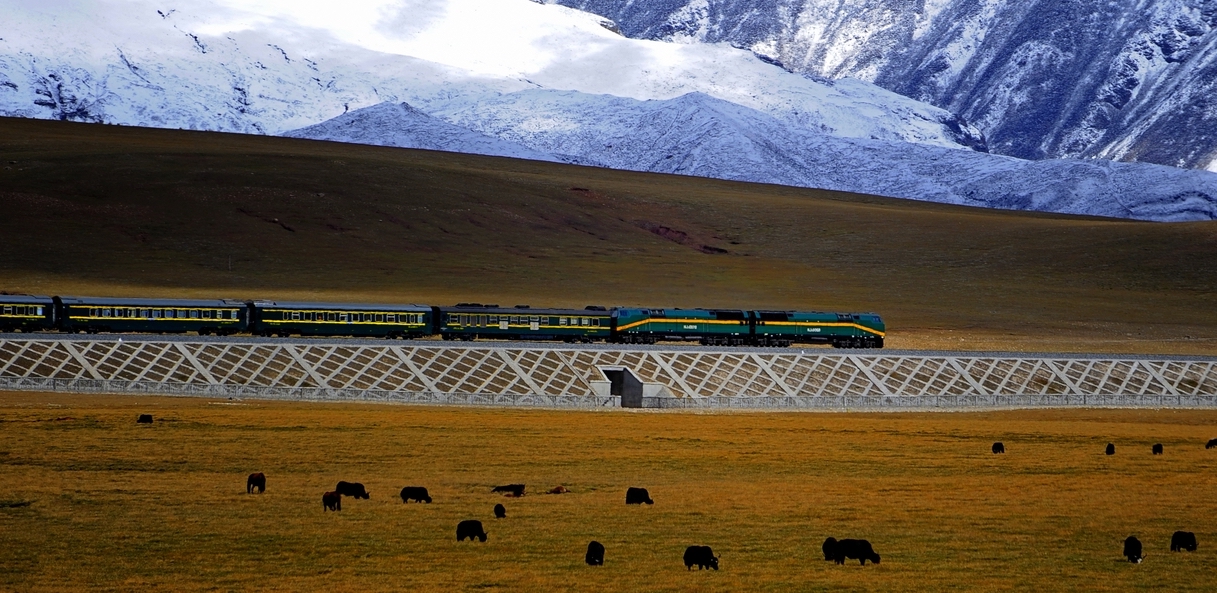China Western Development

Introduction
The Great Western Development Strategy, known in China as "西部大开发战略," was proposed in 1999 by Jiang Zemin during the Fourth Plenary Session of the 15th Central Committee of the Communist Party of China and the Central Economic Work Conference. This followed Deng Xiaoping's 1988 statement that when Chinese development reaches a certain point, the coastal areas are required to contribute more power to help the inland develop.1 In March 2001, the "Outline of the Tenth Five-Year Plan for National Economic and Social Development of the People's Republic of China" was adopted by the Fourth Session of the Ninth National People's Congress and made specific arrangements for the implementation of the Western Development Strategy.1
The overall plan for the development of the western region can be divided into three stages according to a 50-year period: the foundational stage, accelerated development stage, and modernization stage. The foundational stage has long since been completed, and the accelerated development stage is in full swing.
Foundational Stage
During the years between 2001 to 2010, the key tasks concerning the implementation of the western development project were: accelerating infrastructure construction, strengthening ecological and environmental protection and construction, consolidating the basic positioning of agricultural regions, adjusting the overall industrial structure, and developing characteristic tourism, developing science and technology education and cultural and health programs. This was a period of cultivation concerning various growth points for characteristic industries, and the goal of this stage was to initially improve the investment environment in the western region in preparation for further development.2
Accelerated Development Stage
From 2011 to 2030, on the basis of infrastructure improvement, structural strategic adjustment, and system construction achievements, China will undergo a "sprint stage" of western development, which is currently underway. The goal is to consolidate and improve the foundation, which has been established. During this stage, regional governments will cultivate characteristic industries, and implement economic industrialization, marketization, and ecologicalization. There is also a comprehensive upgrade program concerning the layout of professional or speicalized regions, which is designed to "achieve a leap forward" in economic growth.2
A 2020 update from the CCP, entitled "Guiding Opinions of the Central Committee of the Communist Party of China and the State Council on Promoting the Development of the Western Regions in the New Era," made it clear that there is much left in this stage. According to the government, the problem of unbalanced and inadequate development in the western region is still prominent. In addition, the mission of poverty alleviation is still arduous, and the development gap with the eastern region is still large. The tasks of maintaining national unity, social stability, and national security are still arduous. Continuing the development of the western region in the current, "new" erra has, according to them, "important practical and far-reaching historical significance for enhancing the ability to prevent and resolve various risks, promote coordinated regional development, build a well-off society, and start a new journey to build a modern socialist country in an all-round way."3
Modernization Stage
From 2031 to 2050, with the goal of strengthening those areas that may take the lead in development and helping them focus on the enhancement of the domestic and international modern Chinese economic system, efforts will be made to accelerate the development of remote mountainous areas and underdeveloped agricultural and pastoral areas. According to those who drafted the plan, this will "generally improve the production and living standards of the people in the west," and "comprehensively reduce the gap" between the east and west. In particular, they believe it necessary to succeed in government poverty alleviation initiatives in ethnic minority areas, old revolutionary areas, frontier areas, and extremely poor areas, and fundamentally improve the production and living conditions in these areas. To the party, it is imperative that limited resources are concentrated properly, as they strive to "make breakthroughs in infrastructure and ecological environment construction in the western region within these years," and ensure their view of progress for the development of the western region is implemeneted.2